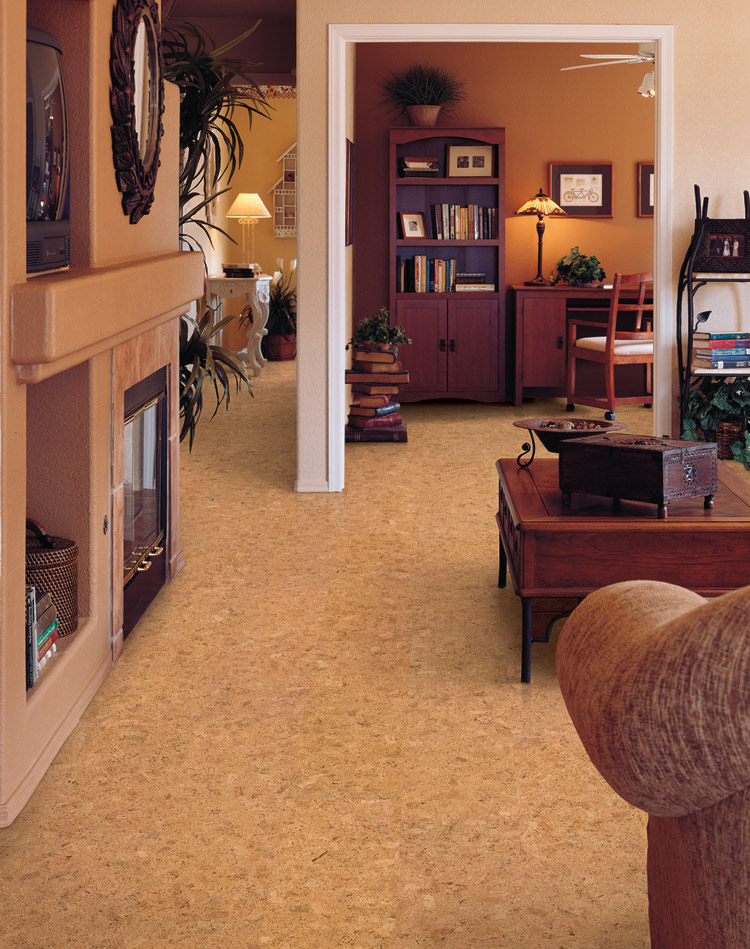 During the fall and winter seasons, we spend a lot more time indoors, often with less interior airflow due to closed windows and doors. Therefore, air quality can become an issue, especially for those who suffer from dust allergies, and other respiratory conditions.
During the fall and winter seasons, we spend a lot more time indoors, often with less interior airflow due to closed windows and doors. Therefore, air quality can become an issue, especially for those who suffer from dust allergies, and other respiratory conditions.
So, what do you do?
One solution may be the replacement of your flooring. But, which flooring is best? Writer and allergy sufferer Shelly Verma is here to talk about your best options.
***
I have had allergies and asthma all my life. Eight to ten times a year, they leave me completely debilitated for 3 days. My sneezing is usually accompanied by an itching throat and watery eyes and my doctor takes care of it. However, once or twice a month, I sneeze incessantly, all day long, and nothing, no medication will put an end to it.
When I have a ‘’sneezing day’’, I am rendered completely unproductive. All events are cancelled. It is utterly fatiguing. I sometimes wonder if it has to do with weather or barometric alterations. One of my friends suggested that it could be due to the flooring in my house. Goodness gracious!! What does specific flooring in your home have to do with allergies?
Allergies: a little research
The flooring you choose for your home can have a definite impact on your allergy symptoms. Research shows that 90% of the people who have allergies and/or asthma are very sensitive to dust mites who like to dwell in carpet and on cloth surfaces. These tiny dust mites that inhabit your carpeting can create up to three hundred eggs during their lifetime. This means lots more little dust mites to intensify your sneezing and runny nose.
The average person spends 12-15 hours in their home every day. So, if you’re an allergy sufferer, it’s imperative that your home be as contaminant-free as possible. There are various types of hypoallergenic flooring that provide a viable alternative to conventional carpeting for allergy sufferers. The type of flooring you install can have a huge effect on the air quality in your home.
Linoleum floors
Linoleum flooring provides a smooth surface which minimizes the accretion of dust or other allergens. If you suffer from allergies and plan to install linoleum flooring, use a low-VOC glue to attach the flooring. Otherwise, you could suffer from an allergic reaction to the adhesive.
Cork flooring
Cork flooring is another environmentally friendly source of flooring for allergy sufferers. Cork’s surface distinctiveness prevents dust absorption which can precipitate allergy symptoms. In addition, cork is resilient, warm, and cushiony beneath bare feet.
Cork naturally anti-microbial, making it an ideal choice for allergy sufferers who are cognizant of health and environmental issues.
Ceramic tile
Ceramic tiles provide hard surfaces and are one of the most hypoallergenic of all flooring options. In fact, ceramic tile flooring is the number one choice of those who suffer from allergies. The hard, slick surface provided by ceramic tile reduces the presence of dust, mold, or other allergens.
The biggest drawback to this form of flooring is that it can be cold and under bare feet which may limit its use to certain rooms, or require radiant heating solutions.
Wood, bamboo, and laminate flooring
Wood flooring like hardwood and engineered floors, or associated flooring types like laminate flooring and bamboo floors provide another smooth surface that doesn’t allow for the purchase dust or other allergens, with strict standards on emissions that are tightly regulated during manufacturing.
Wood flooring such as engineered oak flooring is much easier to clean than carpets. One single vacuum or dry mop is good enough to eliminate any kind of dust or allergens which have found temporary purchase. To diminish allergy symptoms, in addition to choosing wood flooring over carpets in some cases, health experts advocate using wooden blinds instead of curtains and drapes.
Other ways to reduce allergens
In addition to hypoallergenic flooring you may also want to consider purchasing an allergy-friendly vacuum with a High Energy Particulate Air (HEPA) filter that can better remove surface and airborne allergens. HEPA filters are designed to absorb 99.97% of all airborne pollutants.
When buying a vacuum for hardwood flooring, make sure that it does not have a beater bar. You can also go in for hypoallergenic pillowcases and air purifiers to keep allergies at bay.
***
Thanks, Shelly!
Shelly Verma is a writer on various topics including gardening, home decor, parenting, insurance, and personal finance for different sites.
Cheers,
Rob.
![[object Object]](https://assets.builddirect.com/images/logo-blue.png?auto=format&fit=max&w=384)





















